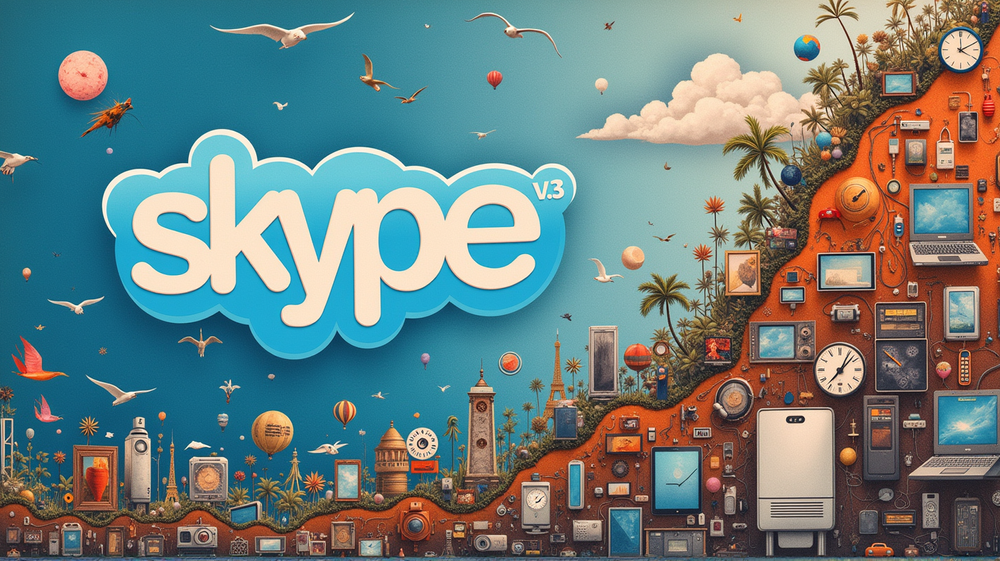The Fall of Skype: From a Communication Pioneer to Obsolescence
In the early days of the internet, Skype was synonymous with online communication. It was the go-to platform for millions around the world who wanted to connect with friends, family, and colleagues across distances. But what happened to the once-dominant Skype, and why has it faded into relative obscurity?
Rise of a Communication Titan
Skype started with a bang in 2003, introducing the revolutionary concept of VoIP (Voice over Internet Protocol). It allowed users to make free or inexpensive voice and video calls over the internet, bypassing traditional telecommunication costs. According to indica News, Skype quickly amassed a substantial user base, reaching millions in a short span. Its user-friendly interface and reliable service turned it into a tech darling practically overnight.
The Microsoft Acquisition
In 2011, in what seemed like a pivotal moment, Microsoft acquired Skype for $8.5 billion. The acquisition was intended to bolster Microsoft’s communication tools and integrate Skype into its suite of services, potentially revolutionizing business communications globally.
The Decline Begins
Despite its promising trajectory, Skype’s integration into Microsoft came with challenges. The platform struggled to keep up with the rapidly evolving landscape of digital communication. According to indica News, Skype faced numerous technical issues, including call drops and compatibility problems with new devices and operating systems. This strained the user experience and began to turn users away.
Competition Heats Up
As Skype faltered, competitors like WhatsApp, Zoom, and Slack seized the opportunity to innovate and capture market share. These platforms offered more than just voice and video calls—they integrated messaging, file sharing, and collaborative tools essential for modern users. Skype’s once-pioneering features were now standard offerings elsewhere, and its vast user base began to dwindle.
Cultural and Market Shifts
Skype also underestimated the cultural shift toward mobile-first communication. While it tried to play catch-up by enhancing mobile functionalities, it was too little, too late. Apps like WhatsApp and FaceTime, already optimized for mobile devices, offered seamless experiences that users preferred over traditional computer-anchored platforms like Skype.
The End of an Era
Today, Skype remains operational but is largely a relic of the past. Its failure serves as a cautionary tale about the importance of adaptability in the tech industry. The inability to innovate, coupled with intense competition and strategic missteps, led to Skype’s decline. Though it may no longer be the industry leader, Skype’s legacy persists as one of the pioneers that shaped the way we connect across the globe.
As stated in indica News, the history of Skype is a reminder that in the rapidly changing tech landscape, innovation is key, and even giants can fall.




